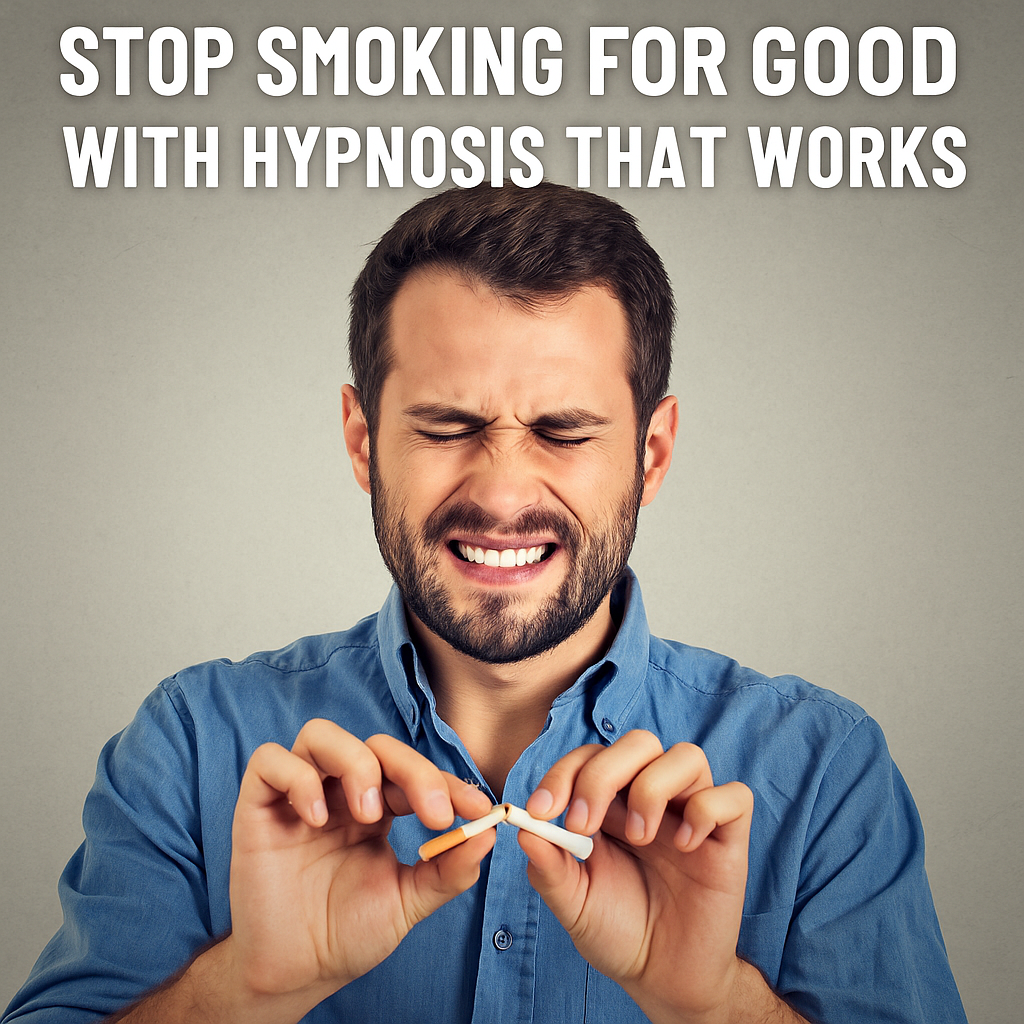Freedom from Anxiety Series | OBA Method vs. Cognitive Behavioral (Talk) Therapy
When it comes to personal growth or improving mental health, the standard and most recognized form of professional treatment is Cognitive Behavioral Therapy (CBT), otherwise known as “talk therapy.”

The Conscious Solution: CBT Method
At the frontline of traditional psychotherapy, CBT provides a structured approach to identifying and challenging negative thought patterns.
This widely acclaimed method empowers individuals to consciously reshape their thoughts and actions by increasing self-awareness, challenging current perceptions, and changing the way they talk to themselves.
Although developing a “positive mental attitude” is an essential ingredient for improving happiness, fulfillment, and inner peace, it relies heavily on analytical reasoning and one’s willpower to continually reframe (give an optimistic spin) to worrisome or pessimistic ideas.
Even though I studied CBT theory and techniques for years in college and graduate school, I quickly discovered that no matter how much effort people put into “being positive,” they reported battling their minds or feeling like they were lying to themselves when making supportive or encouraging statements.
I keep using this metaphor because it’s so easy to understand. If you have weeds in a garden and cut the top off or throw dirt over them, they keep growing back and multiplying.
CBT is like cutting the top off of weeds. If you don’t treat the source of the negative thoughts, the unconscious fear-based beliefs, the weeds keep growing and multiplying.
CBT tools are very effective, but only after you upgrade the core negative beliefs. For example, if you have a foundational paradigm that “I’m not safe” formed after experiencing a traumatic event, no amount of positive thinking will calm that fear. That solves the mystery of why someone can attend therapy for ten years and not feel much better.
Here’s a breakdown of standard tools taught in Cognitive Behavioral Therapy.
- Identify and Challenge Negative Thought Patterns: In CBT, you’ll learn to identify and challenge negative thought patterns that contribute to feelings of hopelessness or helplessness. When faced with a setback or obstacle, pay attention to the thoughts that arise. Are they overly negative or catastrophic? Challenge these thoughts by asking yourself if there’s any evidence to support them, and consider alternative, more balanced interpretations of the situation.
- Thought Records: Keep a thought record to track your thoughts and emotions in response to challenging situations. Write down the triggering event, your automatic thoughts, the feelings you experienced, and any associated behaviors. Use the thought record to identify patterns and distortions in your thinking and develop more adaptive ways of thinking.
- Behavioral Activation: Behavioral activation involves engaging in activities that bring you joy, satisfaction, and a sense of accomplishment, even when you don’t feel like it. Identify activities you enjoy or find fulfilling, and make a concerted effort to engage in them regularly, even when feeling down or discouraged. Behavioral activation can help boost your mood and resilience by increasing feelings of competence and mastery.
- Graded Exposure: Graded exposure is a technique for gradually confronting and overcoming fears or anxieties. Break down challenging tasks or situations into smaller, more manageable steps and progressively expose yourself to them over time. As you successfully confront and overcome each step, your confidence and resilience will grow, enabling you to tackle larger challenges more easily.
- Problem-Solving Skills: Develop problem-solving skills to address and overcome challenges effectively. Break down larger problems into smaller, more manageable components, and brainstorm potential solutions for each component. Evaluate the pros and cons of each solution and select the one that is most likely to be effective. Implement your chosen solution and evaluate its effectiveness over time. Becoming more adept at problem-solving will build confidence in navigating life’s challenges.
- Cognitive Restructuring: Cognitive restructuring involves identifying and replacing unhelpful or irrational thoughts with more adaptive ones. When you notice yourself engaging in self-defeating thinking patterns, challenge those thoughts and replace them with more realistic and balanced alternatives. Over time, you’ll rewire your brain to default to more constructive ways of thinking, increasing your resilience and emotional well-being.
By incorporating these CBT techniques into your daily life, either with the guidance of a therapist or through self-help resources, you can build resilience and develop the skills you need to cope effectively with life’s challenges. Remember that resilience is a skill that can be learned and strengthened with practice, so be patient with yourself as you work towards your goals.
The Pros of CBT:
- Structured, scientifically validated therapeutic approach
- Teaches tools to identify and reframe unhelpful thoughts
- Attempts to foster conscious control over beliefs and behaviors
- Can be self-administered via books, apps, online resources
The Cons:
- Requires sustained conscious effort and commitment
- Progress can feel mentally and emotionally taxing
- Heavily reliant on willpower and motivation
- Often does not address deeper subconscious patterns
- Conscious defenses can hinder therapeutic progress
By examining the evidence surrounding a self-sabotaging belief and actively redirecting one’s thought process, individuals can learn to adopt a more constructive way of thinking.
However, this journey often demands significant conscious effort, as individuals must continuously challenge ingrained patterns through sheer willpower and commitment.
The Subconscious Solution: The OBA Method
In contrast, my One Belief Away Method takes a more direct approach, targeting the root causes of limiting beliefs at the subconscious level. By accessing the subconscious mind through hypnosis, this approach aims to uproot mental “weeds” — the deeply ingrained beliefs that shape our reality from the inside out.
Method takes a more direct approach, targeting the root causes of limiting beliefs at the subconscious level. By accessing the subconscious mind through hypnosis, this approach aims to uproot mental “weeds” — the deeply ingrained beliefs that shape our reality from the inside out.
After upgrading the “soil” of one’s unconscious mind and building a stronger foundation, we incorporate mental toughness strategies for being resilient and courageous in the face of adversity.
The Pros of the OBA Method:
Method:
- Addresses root issues at the subconscious level
- Bypasses conscious resistance for effortless change
- Allows deep reprogramming of limiting beliefs
- Changes integrate naturally as new beliefs take hold
- Doesn’t rely on conscious willpower
The Cons:
- Requires working with a trained hypnotist
- Deeply rooted beliefs may need multiple sessions
Through the OBA process, we can reprogram the subconscious mind by empowering new beliefs and paving the way for profound and holistic change. This means many areas of your life can be “upgraded” simultaneously.
process, we can reprogram the subconscious mind by empowering new beliefs and paving the way for profound and holistic change. This means many areas of your life can be “upgraded” simultaneously.
For example, when people adopt the belief that “I am worthy of love,” they begin taking proactive action to improve the quality of their lives because they are worthy of being happy and healthy. That new behavior can improve one’s life in all sorts of delightful ways.
The Road to Transformation
Ultimately, CBT and the OBA offer powerful avenues for personal growth, each with unique strengths and considerations. CBT equips individuals with conscious tools to reshape thought patterns through reason and commitment.
offer powerful avenues for personal growth, each with unique strengths and considerations. CBT equips individuals with conscious tools to reshape thought patterns through reason and commitment.
The OBA Method, on the other hand, takes a subconscious approach, uprooting limitations at their source for deep-rooted change while also incorporating positive thinking techniques.
Method, on the other hand, takes a subconscious approach, uprooting limitations at their source for deep-rooted change while also incorporating positive thinking techniques.
Whichever resonates most, I’m here to support you on your journey of self-discovery and empowerment. For those called to the subconscious path, I invite you to explore the profound transformation possible through the OBA method.
Together, we can unlock your highest potential — one belief at a time.
 Tim Shurr
Tim Shurr
*
If you need help attaining a goal, breaking a bad habit, or overcoming a past hurt,
schedule a Free Hypnosis Screening
and determine if OBA Hypnosis is right for you.
Hypnosis is right for you.
The post Freedom from Anxiety Series | OBA Method vs. Cognitive Behavioral (Talk) Therapy first appeared on Indy Hypnosis Center.



